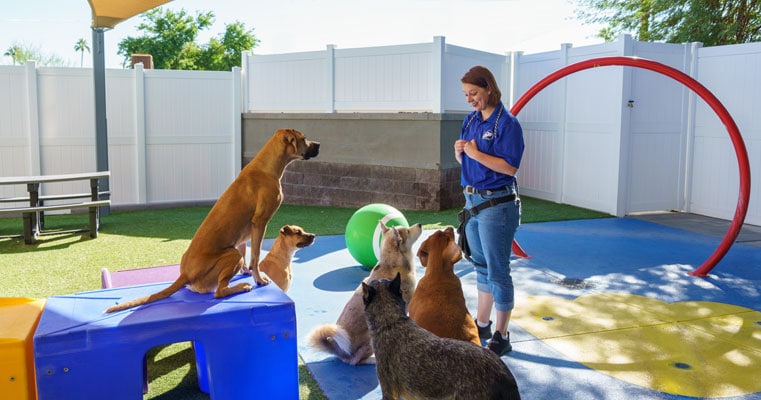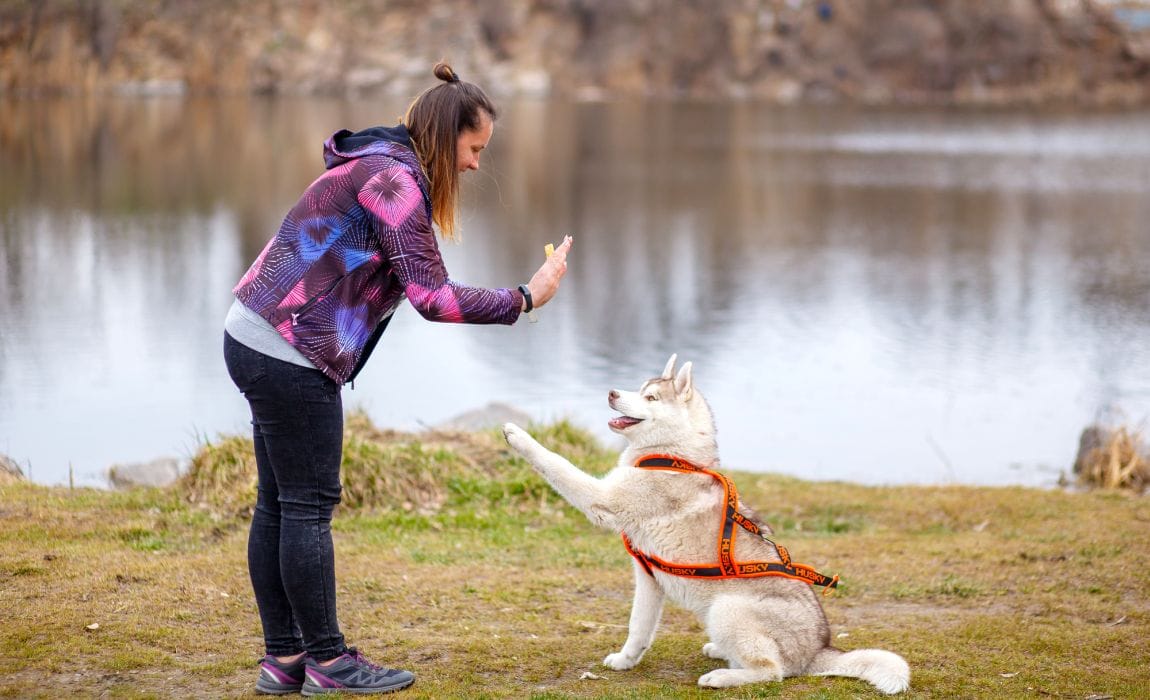Best Dog Training Rochester NY to Correct Behavioral Issues and Improve Obedience
Best Dog Training Rochester NY to Correct Behavioral Issues and Improve Obedience
Blog Article
Leading Pet Educating Strategies Every Owner Ought To Know
Amongst the most famous methods are positive support, remote control training, and chain training, each offering unique benefits that contribute to a mannerly dog. As we explore these essential methods, it comes to be apparent that understanding their nuances can dramatically affect the training experience and the pet dog's general actions.
Positive Reinforcement Strategies
Making use of favorable reinforcement methods is crucial for efficient pet training, as it cultivates a relying on bond between the fitness instructor and the dog. This technique concentrates on fulfilling preferable habits instead than punishing unwanted ones, producing an atmosphere for finding out. Rewards can consist of treats, praise, or playtime, which motivate canines to repeat the actions that earn them these benefits.
Positive reinforcement is rooted in the concepts of operant conditioning, where habits is affected by its repercussions. By constantly satisfying certain activities, instructors can shape a canine's habits over time. For example, a dog that sits on command and receives a treat is extra likely to repeat that actions in the future.
Furthermore, this method improves the canine's excitement for training sessions. When canines associate training with positive experiences, they are much more involved and receptive. Beyond prompt behavior adjustment, favorable reinforcement motivates a collective partnership between the pet and trainer, reducing anxiousness and worry.
To optimize effectiveness, it is critical to provide incentives promptly, making sure the dog attaches the actions with the reinforcement. In significance, positive reinforcement techniques not only generate better-trained pets however likewise advertise a harmonious partnership between pet and proprietor.
Clicker Training Approach
The remote control training technique is an extremely efficient technique that builds upon the concepts of favorable support by including an unique noise to mark desired behaviors. This method makes use of a tiny handheld device that produces a clicking sound, enabling instructors to connect with their pet dogs in a clear and immediate fashion. When a pet dog carries out an actions that the owner wants to urge, the remote control is triggered, complied with by a reward, normally in the form of treats or praise.
The trick to successful clicker training depends on consistency and timing. It is critical to click at the exact minute the wanted habits occurs, making sure that the dog associates the audio with the action and the succeeding reward. This approach not just enhances communication yet also cultivates a more powerful bond between the proprietor and the pet dog, as it motivates involvement and interaction throughout training sessions.
Remote control training can be put on a range of habits and commands, from standard obedience to much more intricate techniques. Its convenience and effectiveness make it a favored strategy among specialist trainers and pet dog proprietors alike, paving the method for a well-trained and responsive canine friend.

Leash Training Fundamentals
Reliable chain training is crucial for making certain a secure and satisfying strolling experience for both pet dogs and their proprietors. A flat collar may work for some dogs, while others may profit from a harness that decreases drawing.
Introduce your pet to the leash slowly, allowing them to explore it in a comfortable setting. This includes gratifying your canine for strolling close to you rather than drawing in advance.
If your pet dog begins to pull, quit walking immediately. Wait up until they return to your side before returning to. This teaches them that drawing does not cause progress. Furthermore, practice different strolling atmospheres to aid your canine adjust to distractions.
Regular method will certainly strengthen your dog's understanding of leash rules. Keep in mind that leash training is a recurring process; persistence and consistency will certainly generate the most effective outcomes, promoting a positive experience for both you and your canine buddy.
Socializing Methods
Socializing is a crucial facet of pet dog training that must preferably begin throughout puppyhood however can be valuable at any kind of age. Reliable socialization aids canines create confidence and reduces the possibility of behavioral problems. To carry out successful socializing approaches, reveal your pet dog to a range of environments, people, and various other pets.

Begin with regulated setups, such as young puppy classes or arranged playgroups, where young dogs can connect safely. Progressively introduce your pet dog to brand-new experiences, including various noises, surface areas, and activities. Make sure these experiences are positive and gratifying to establish a feeling of security.
For grown-up canines or those lacking exposure, begin with low-stress scenarios. Short, favorable interactions with calm dogs and pleasant human beings can create positive organizations - Dog training. Use treats and praise to enhance desirable habits throughout these experiences
Monitoring your canine's body movement is necessary; indicators of worry or aggressiveness ought to be resolved instantly, either by getting rid of the canine from the scenario or rerouting its focus. Regularly revealing your canine to varied stimuli will certainly cultivate versatility, making it a well-rounded companion efficient in growing in various setups.
Consistency and Perseverance
Acknowledging the relevance of uniformity and persistence in canine training is important for achieving long lasting results. Inconsistent training can lead to confusion, making it tough for the pet dog to comprehend commands or actions, eventually preventing progress.
In addition, patience is a vital element of efficient training. why not try this out Pets, like human beings, find out at their very own rate. Some might realize principles swiftly, while others may take much longer. It is essential for owners to stay calm and supportive, enhancing positive actions without turning to disappointment or penalty. This promotes a relying on relationship between the dog and owner, urging a more passionate and willing student.
To cultivate consistency and perseverance, establish a routine training regular, make use of the same commands, and make sure that all relative use the same training concepts - Dog training. By doing so, you develop a stable atmosphere helpful to learning, enabling your pet dog to grow and develop right into a well-behaved buddy

Conclusion
To conclude, efficient pet dog training strategies, such as favorable support, clicker training, and proper leash training, are important for promoting a healthy owner-dog partnership. In addition, implementing socialization techniques and preserving consistency and patience throughout the training process adds considerably to a pet dog's overall well-being. By incorporating these approaches, pet dog proprietors can assist in the growth of well-adjusted, obedient animals, eventually enhancing the lifestyle for both the owner and the canine.
Amongst the most famous methods are favorable reinforcement, remote control training, and leash training, each offering special benefits that add to a well-behaved pet. As we check out these basic methods, it becomes noticeable that grasping their subtleties can substantially impact the training experience and read review the dog's overall behavior.Making use of favorable support strategies is necessary for effective dog training, as it cultivates a trusting bond in between the instructor and the canine.In verdict, reliable pet training strategies, such as positive reinforcement, remote control training, and appropriate chain training, are vital for cultivating a healthy owner-dog partnership. By integrating these approaches, canine proprietors can help with the advancement of well-adjusted, loyal pets, eventually boosting the quality of life for both the pet dog and the proprietor.
Report this page